From Editor
When I came to the seminary in Jordanville in 1990, I was shocked that the locals there would call us students from Russia “Soviets.” I did not consider myself a Soviet back then. (Now I would go “whatever.”) In this letter, St. John touches on the term “the Soviet Church,” used during the Cold War by professors of Holy Trinity Seminary like Archbishop Averky, Archimandrite Constantine (Zaitsev), and Ivan M. Andreev. Rusʹ was under the Mongol yoke for over two hundred years; the tiny principality of Moscow was a direct beneficiary of Mongol rule. However, surely none of the people who labeled us “Soviets” would argue that Muscovites should have been called Mongols…
Protodeacon Andrei Psarev,
September 23, 2023
If someone began to talk in Metropolitan Anthony’s [First Hierarch of the ROCOR, Khrapovitskii] presence about “wrong actions by the Church,” he would stop them, pointing out that the actions of the hierarchy cannot be attributed to the Church, since the hierarchy is not the whole Church, even though it speaks on its behalf. On the See of Constantinople, [there sat] Paul the Confessor, Makedonios, Gregory the Theologian, John Chrysostom, Nestorios, Proclus, Flavian, Germanos. Some [of them] shone with holiness and Orthodoxy, others were heresiarchs, yet the Church remained Orthodox. During Iconoclasm, after the expulsion of Severinus, Nikephoros and others, not only their sees, but also the majority of episcopal ones were replaced by Arians. Other Churches did not even have communion with [the Byzantine Church], according to the testimony of the St. Paul, who abandoned heresy and the [patriarchal] throne, not wanting to have communion with the iconoclasts, but still the Church of Constantinople remained Orthodox, although part of the people and especially the guardsmen and officials were carried away into iconoclasm.
So, it is now understandable when the expression “Soviet Church” is used by ordinary people who are less familiar with church language, but it is not suitable for responsible and theological conversations. When the entire hierarchy of Southwestern Rusʹ embraced Uniatism [after the Brest union of 1596], the Church continued to exist in the person of the faithful Orthodox people, who, after much suffering, restored their hierarchy. Therefore, it is more correct to speak not of a “Soviet Church,” which cannot exist in the correct understanding of the word “Church,” but about the hierarchy that is in the service of the Soviet government. The attitude toward this hierarchy may be the same as toward other representatives of that government. Their rank gives them the opportunity to act with great authority and replace the voice of the suffering Russian Church and misleads those who think to learn from them about the actual position of the Church in Russia. Of course, among them there are also conscious traitors, and those who simply do not find the strength to fight the surrounding environment and went with the flow: this is a matter of their personal responsibility, but in general, it is the apparatus of the theomachist Soviet regime. While there is only one hierarchy in the liturgical area, for Grace acts independently of personal dignity, in the socio-political area this hierarchy serves is a cover for Soviet atheistic activities. Therefore, those abroad and those who join its ranks become deliberate accomplices of that power.
Source
Letopis tserkovnykh sobytii Pravoslavnoi Tserkvi nachinaia s 1917 goda [Chronicle of Church Events in the History of the Orthodox Church Beginning with 1917]. Part IV. 1961–1971. Historical Studies of the Russian Church Abroad.

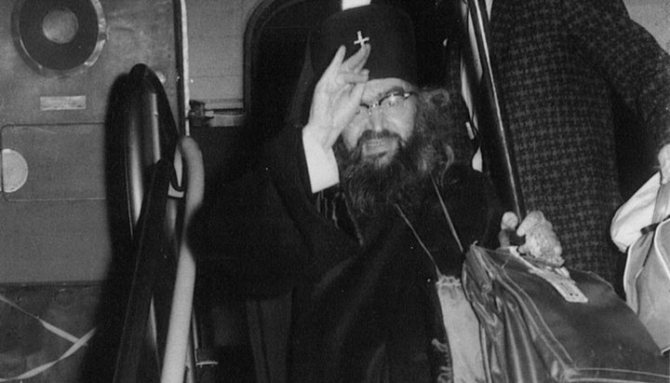
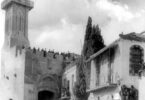

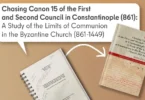

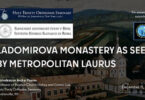



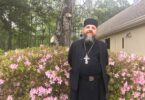
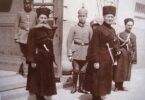
Interesting: You “forgot” a note by the author of the linked document that comes right after the letter. It’s not that easy to find for non-Russian speakers but technology makes it possible. The note reads as folllows:
” (The letter was found among the saint’s papers. It is possible that this text is the original draft of the letter. We do not know whether Vladyka John finished this letter, sent it, or redrafted it. Prot. Peter Perekrestov). ”
That puts a whole different light on this letter, doesn’t it?
Didn’t you see an excerpt under the title that expresses all that you wrote in the single word “draft”? You’re welcome to comment here, but please be respectful next time. Thank you.